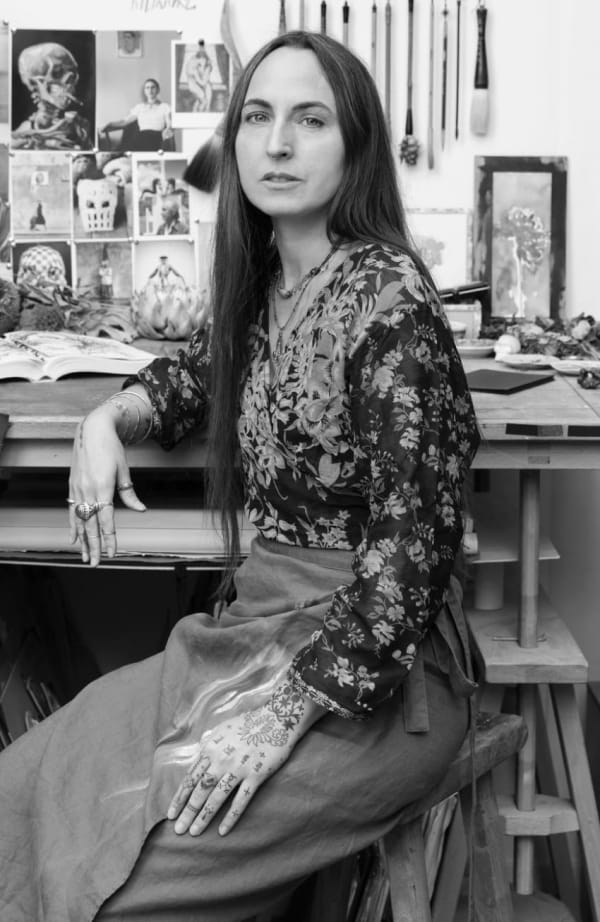-

Pia Maria Raeder
-

Ayala Serfaty
-

Nada Debs x Studio Lél
-

Carol Egan
-

Isabelle Stanislas
-

Nacho Carbonell
-

François Mascarello
-

Studio MVW
-

Jimmy Delatour
-

Gaspard Fleury-Dugy
-

Nada Debs
-

Marlène Mocquet
-

Charles Kalpakian
-

Erieta Attali
-

Faye Toogood
-

Djim Berger
-

Noé Duchaufour-Lawrance
-

Meherunnisa Asad
-

Zbeul Studio
-

Charlotte Cornaton
-

Taher Chemirik




















